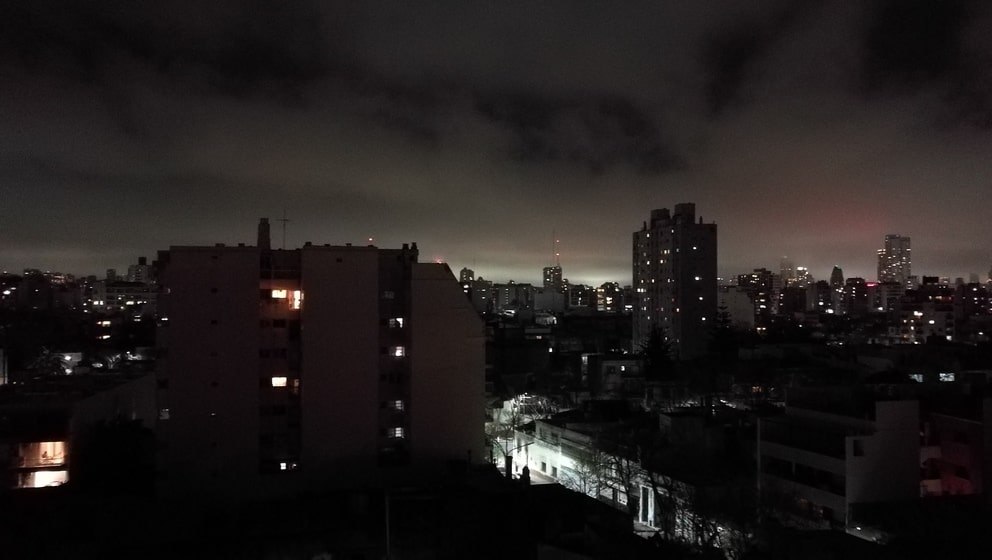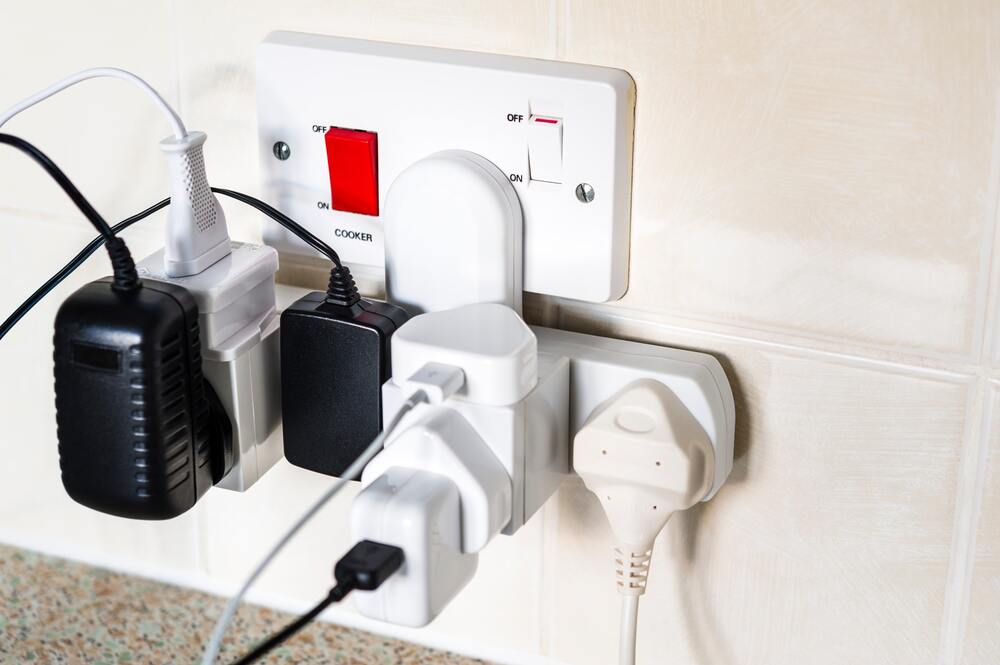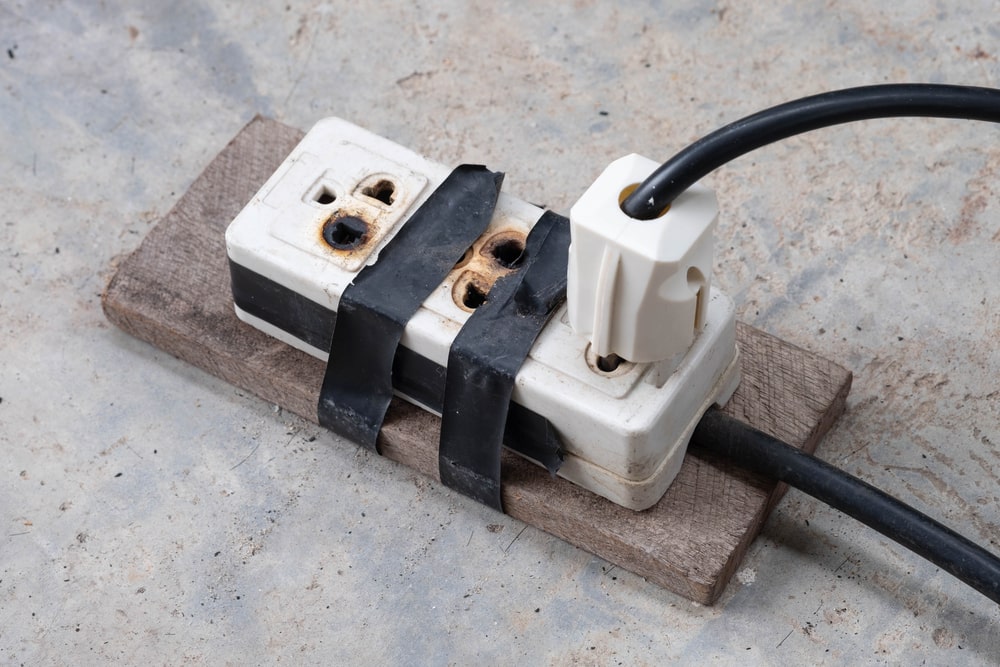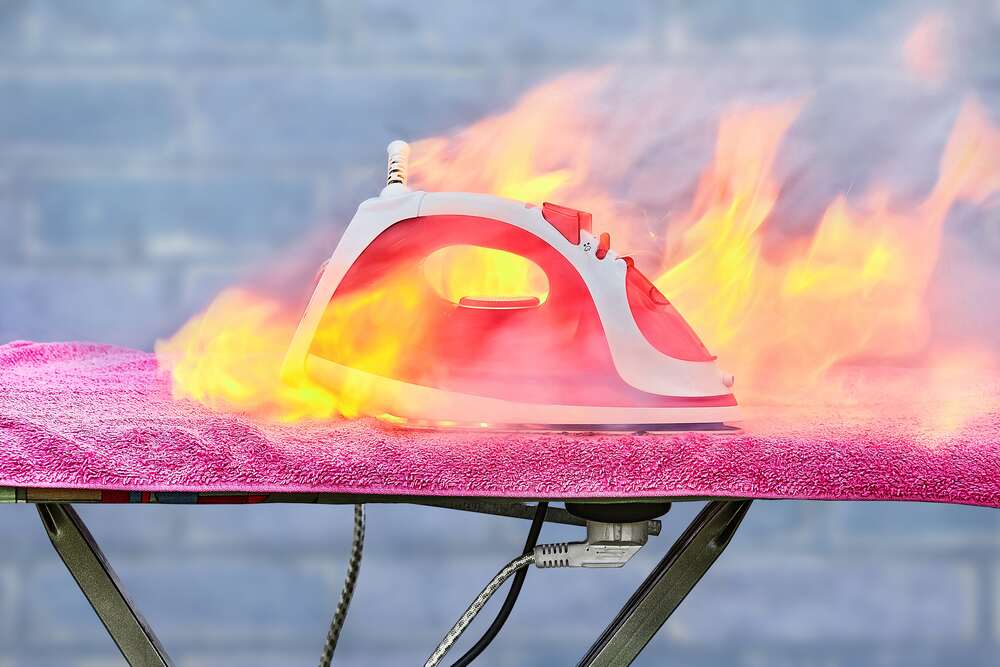
Services
Reliable Power Failure Solutions in Singapore
A power failure or blackout occurs when the electrical supply to a particular area is interrupted. This disruption can be temporary or prolonged and may affect homes, businesses, or entire neighbourhoods in Singapore.
It can impact daily activities and critical services, making it important to address any issues quickly and effectively. Furthermore, being prepared against a power failure means that you can quickly manage these disruptions, take proactive steps to safeguard your electrical systems, and maintain operational continuity.
Need help with power failures in Singapore? Contact 81 Electrical for expert support and solutions.


